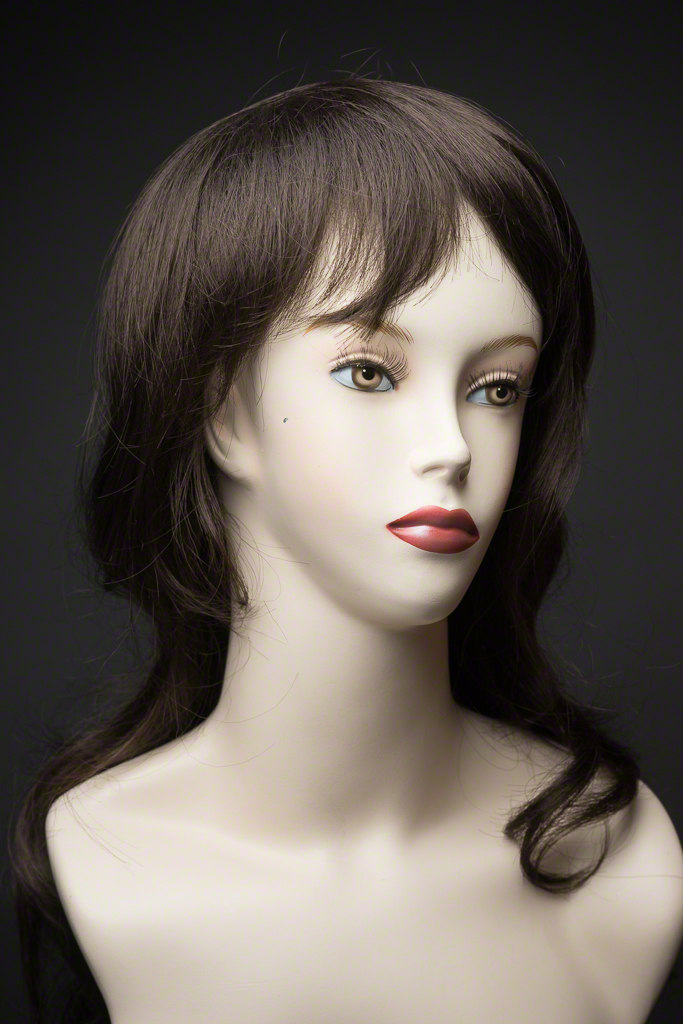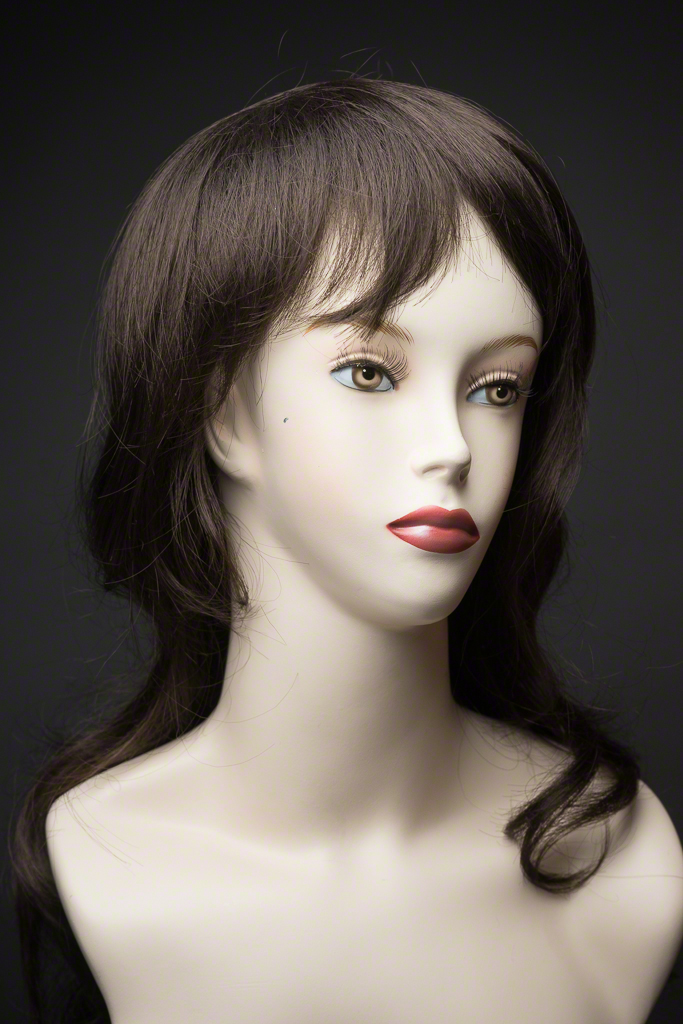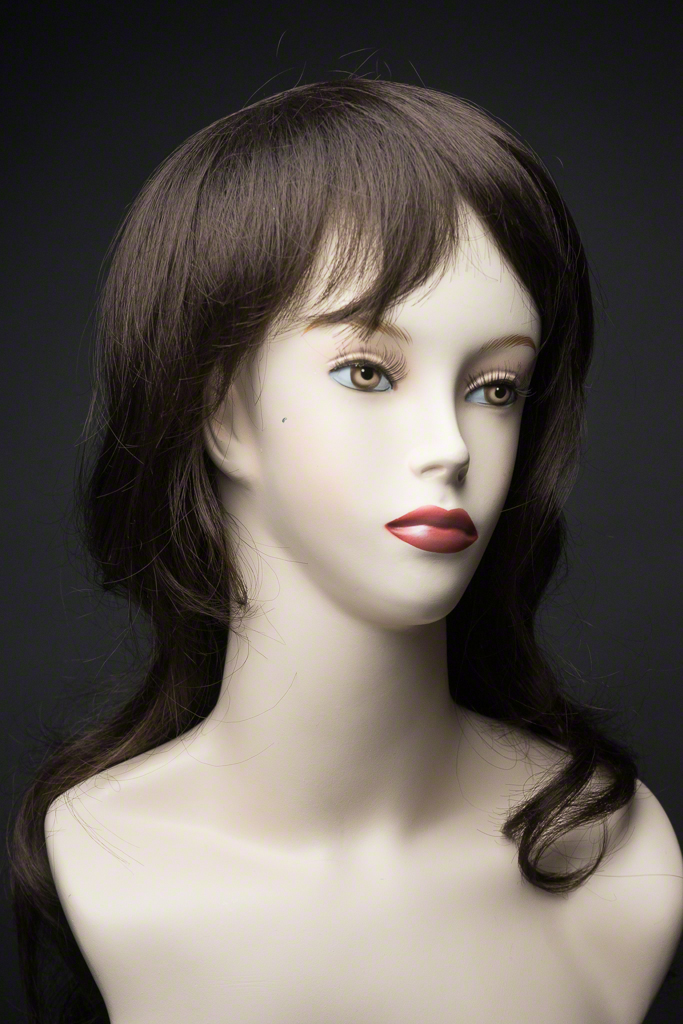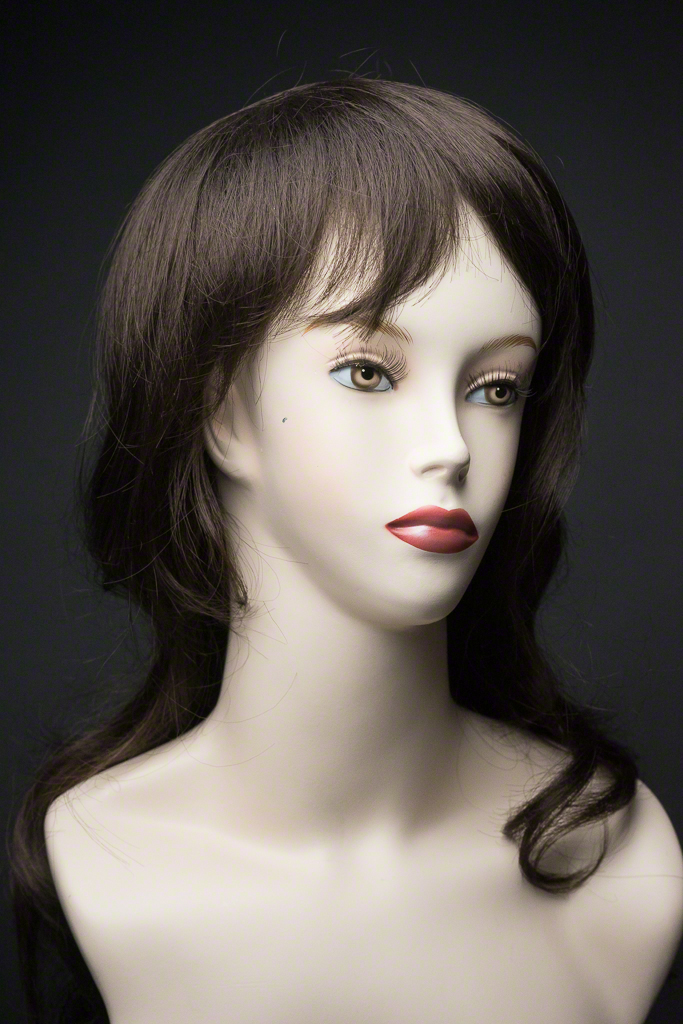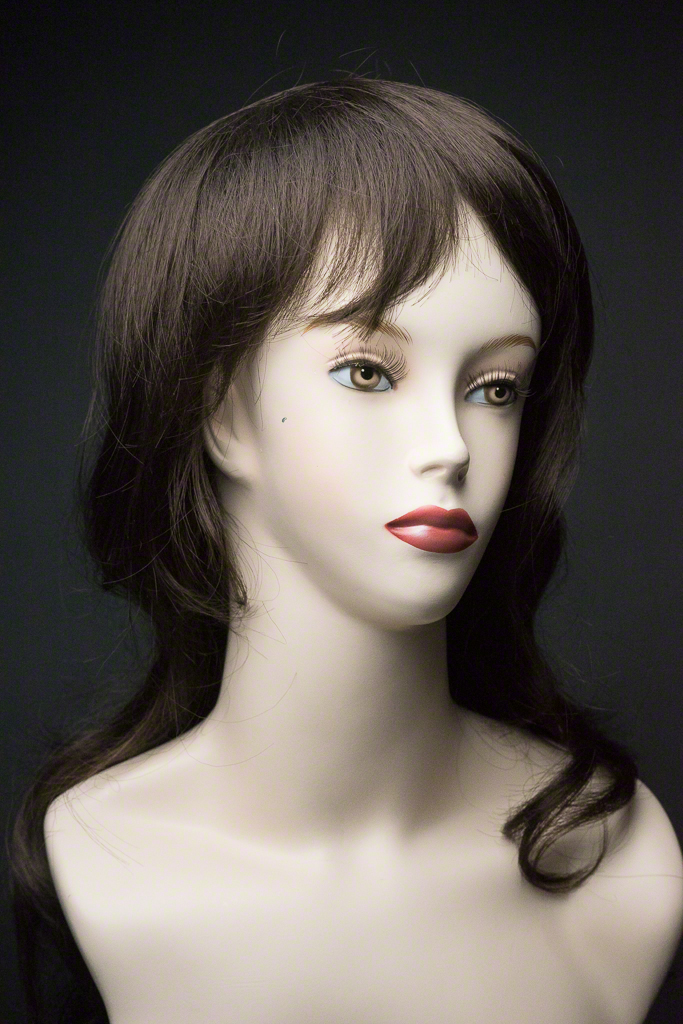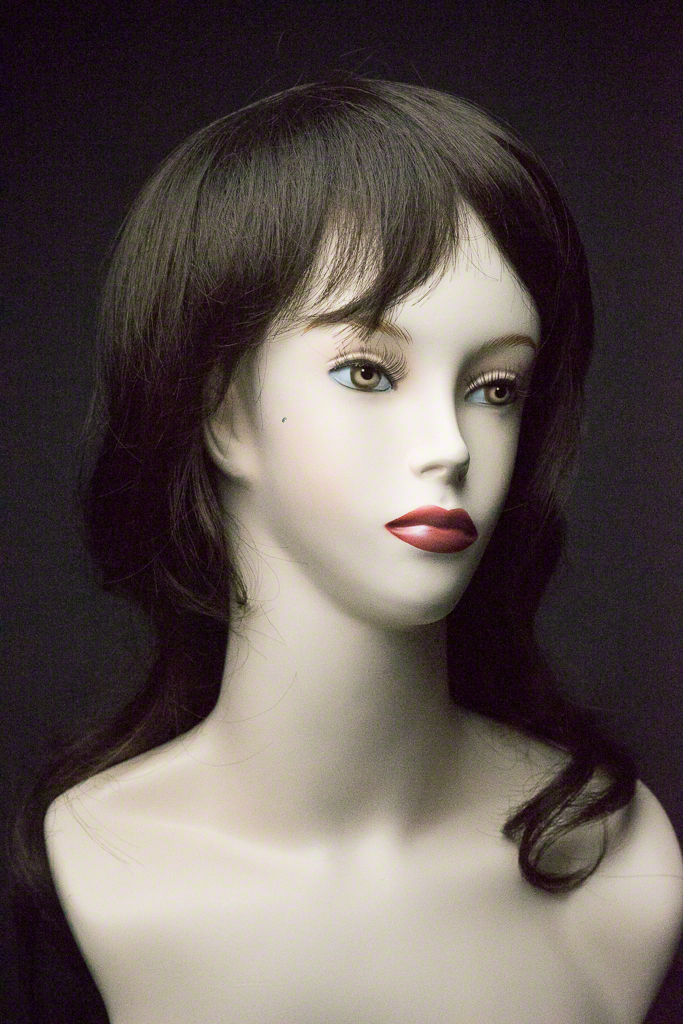I'd read about the Nikon Df and been intrigued by the Nikon ad series entitled Pure Photography. What does this mean and what makes the Df "pure". With thanks to Chris Atkinson, Manager of Henry's Newmarket, I was able to obtain a short term evaluation unit to find out.First Grip
Putting hands on the Df is a nominally different experience. I'm still not clear on what the purity angle is, but I will say that the Df feels more like an old style film camera than most digital single lens reflexes. In fact, it feels and looks like an old F3 High Eyepoint, a camera I remember with fondness.
Layout
What makes the Df different in user interface (UI) is that Nikon has gone heavy on the analog style dials and less on the digital programmable buttons. For someone without the time or the inclination to study the novellas that now masquerade as owner's manuals, getting going with the Df is very fast. Very fast if you are older as I am and have a history shooting film cameras.
The sensor is Nikon's 16.2 MP sensor, that Nikon says produces quality like the D4, tuned for low light performance. At time of writing, the Df pushes the boundaries of high ISO in Nikon's line. Like most Nikon full frames, the camera can be set to shoot in FX (full frame) mode and DX (crop sensor) mode. I like the flexibility that this brings and encourage other full frame providers to copy this feature.

Shutter speeds are set by a dial on the top deck and have click stops starting at a high of 1/4000 and a low of 4s. There are also settings for B (bulb), T (time) and X, for manual flash synchronization at 1/200. There is also a setting for ⅓ Step which allows the shutter speed to move in ⅓ stop increments. This feels a bit goofy but is I guess more "pure" than simply putting an A on the dial like everyone else does. Concentric to the shutter speed dial is a lever that sets, single, continuous low, continuous high, quiet release, self timer and mirror up modes. Quiet basically delays some of the shutter and mirror noise, it doesn't eliminate it. I don't find the Df to be overly loud at any rate. Sony should steal this feature for the A7 because you can hear that thing go off across a busy highway. Maximum burst rate is 5.5fps.
Beside the shutter speed dial is the rotary on off switch which is pleasantly obvious and precise. It wraps around an old style shutter button tapped for a screw in cable release. Cool if you have one, but they are very scarce these days. Right of the shutter release is the mode rotary switch offering PASM settings. In a smart move, Nikon has not splattered the Df with pointless "scene" modes. Don't confuse this with the plethora of Picture Styles that set the processing for JPEG images and for how the LCD renders the JPEG it shows in playback. If this were my camera, I'd set and forget for 14bit uncompressed RAW and Picture Style Neutral and likely never change things for as long as I own it. Purist, I guess.
Towards the rear of the top deck is a minuscule LCD panel and a button to illuminate it. Given that the audience for the camera is likely a former film shooter, who may suffer from some presbyopia by now, this display is so tiny and hard to read that I would never bother trying to use it.
Move to the left side of the pentaprism. This is a digital SLR, be clear, but the top deck is oriented like an old Nikon film camera, down to the ersatz film rewind, which of course rewinds nothing but holds the ⅓ stop incremented exposure compensation dial offering ±3 EV of adjustment. Below this is a concentric ring that controls the ISO (nearly typed ASA there for a sec) showing a range from L1 to H4, with ISO numbers starting at 100 and going up to 12800. Down from 100 is logical, going in ⅓ stop increments (80, 64, 50) but going up from 12800 goes ⅓ stops to 25600, then a full stop to 51200, then 102400 and ending at 204800.

On the right front of the camera is a rotary wheel that controls the aperture in Aperture preferred and manual mode. It is disabled in shutter preferred and program mode. Below this are two buttons, the upper one providing depth of field preview and the second is a programmable function button. On the left front of the lens mount is a bracket button, a very nice feature to have set up this way. On the front face is a classic PC X sync port under the old style screw on cap. Either never take this off or expect to lose it in the first week. There is also an old style flashing LED self timer lamp. Below this is the lens release and then an AF/M focus selector on the lens mount frame as is typically found on higher end Nikons.
The lens mount itself accepts AF-S and Nikkor AI lenses, but if you do have some really old Nikkor glass with the old style key slot, there is a fold down lever to engage the aperture ring ledge that existed then. There is no ball lever as used to engage the keyslot on a photomic prism, but that may be a bit too "pure".
The front also has a decent enough finger ledge style grip. So overall the layout so far is quite good. With one exception. The position of the strap lugs is perfect to ensure that the strap is going to get in the way of your fingers when they want to accomplish anything. yes the lugs are where they were on classic Nikon F cameras, but those cameras did not have buttons and dials on the front face and the lugs get in the way. If I were a buyer, I would personally ask Nikon service to remove them entirely and use a strap that attaches to the tripod socket, these lugs are that annoying. To me anyway.

Moving to the back, the optical viewfinder is big and high and bright. The interior layout is pretty basic and folks used to the viewfinder displaying a bundle of focus points are in for disappointment. Since I only ever use the centre point and then recompose, I like the absence of clutter. Digital readouts are easy to see and understand. There is sufficient range on the dioptric adjustment to accommodate most everyone.
The rear panel is where the "film purity" analogy runs off the road into the trees. It's like the back of any Nikon digital camera, with a decent enough 3" LCD with 920K dots, buttons and wheels all as you would expect out of a D610 or similar.
The right side has no doors or panels. It should, but doesn't as you'll see later when I start ranting.

The left side has three pop open plastic doors. They are connections for USB (Type C), Mini HDMI and Remote Control respectively.

The bottom plate has a ¼-20 tripod socket with Nikon's standard rubber grip pad around it. Hopefully Nikon has found an adhesive that works for this because most Nikons that I have seen under medium to heavy use have this pad peeling off. You'll find a large removable battery door that gives you access to the very small EN-EL14A battery. There's certainly sufficient space for a higher capacity battery or would be if Nikon hadn't made the truly idiotic decision to put the SD card slot in beside the battery. They could have put it on the right side where it would always be easily accessible, but no, they buried it in the battery compartment. Someone needs a beating for this. Nikon provides no guidance on the number of exposures to expect from a full charge.
You'll note that I have said nothing about video. That's because the Df doesn't do video at all, even though it has a perfectly functional HDMI out. I guess that means that video is not pure in the minds of the designers.
The Df has a Nikon i-TTL capable hotshoe, but in another idiot award winning step, they have completely left out the Creative Lighting System functionality that helps make Nikon cameras so very usable when you control the light. I think of the magical unicorn of photography, Mr. Joe McNally, and can only assume that he would see this as missing and hand the darn thing back and in his gentle Irish-American way suggest that Nikon try again. I don't know that he would actually do that but I will. This is a stupid mistake and hopefully Nikon figures out a way to put CLS in via firmware update.
Looking at the accessory page, there is a big gap in battery life extension. Yup, no battery grip is presently available. The F3 or the older F2AS took monster battery grips for long life and you could use them as a bludgeon if you desperately needed to get away from bad guys.
The camera offers the standard metering choices of matrix, centre weighted average and spot, controlled by a tiny rocker on the back. And although there is no video support, there is Live View so you can use your $3000 camera like a $100 point and shoot.
The "Kit" Lens
The Df comes as a kit with a 50mm f/1.8 AF-S Nikkor. It's the same as the 50/1.8 AF-S Nikkor that has been around for years except the cosmetics have been changed to make it look like an old 50/1.8 AI. It's not an AI, it's the same plastic barrel as the black 50/1.8 sold as a "portrait" lens by people who don't know what they hell they are talking about for years.
Usability
Despite my kvetching about the strap lugs position and the major missings, I surprised myself by how much I like shooting the camera. There's nothing that makes it better than anything but it feels really good, although it would feel a lot better with a battery grip. I love the optical viewfinder simplicity and I am very comfortable with the clicky mechanical feel of the shutter release. It's not mechanical of course, but it feels like it could be.
The menu system is the same as what you would see on other prosumer Nikons, meaning it's a love or hate situation. I don't shoot Nikon habitually at this time so my peers who do will loudly vent about user modes and the like. I'm just really pissed that there is no CLS. TTL radio controls from third parties are not winners in general, and while there are limits to infrared, most important being that it is line of sight (unless you are the aforementioned Joe McNally who makes infrared go around corners and up and down stairs) but it's a lot better than having to buy someone else's product and then curse it when it lets you down. And yes, I am speaking specifically about Pocket Wizard TT1 and TT5 units.
I am a left eyed photographer and the back button focus is placed perfectly for me. It's big enough you know when you have found it and the throw is enough that there is no question it is engaged.
Of course the Df mounts up all manner of Nikon glass. If I were going this route, I'd likely grab a fast 35mm instead of the dopey 50mm, along with a nice 105mm and head out to the street. Unfortunately, there is nothing subtle about the Df. It's not small or unobtrusive. Folks will know you have a camera. Older ones might think you are shooting film, but if they don't want a candid taken, you aren't going to fool them anyway.
ISO Performance
My friend Ron Clifford (of Google + Photoshop Show fame) specifically asked about the high ISO performance because he heard it was amazing and in my initial look, I spent no time on this. Ron's a great guy so I did a series of shots of Sondra using the Df with the 50mm at a variety of ISOs. I was down to the wire to return it, so there are no prize winners here, but I think that you'll be impressed. Ok it falls apart pretty badly at ISO 204800 but really there's nothing to complain about here.









